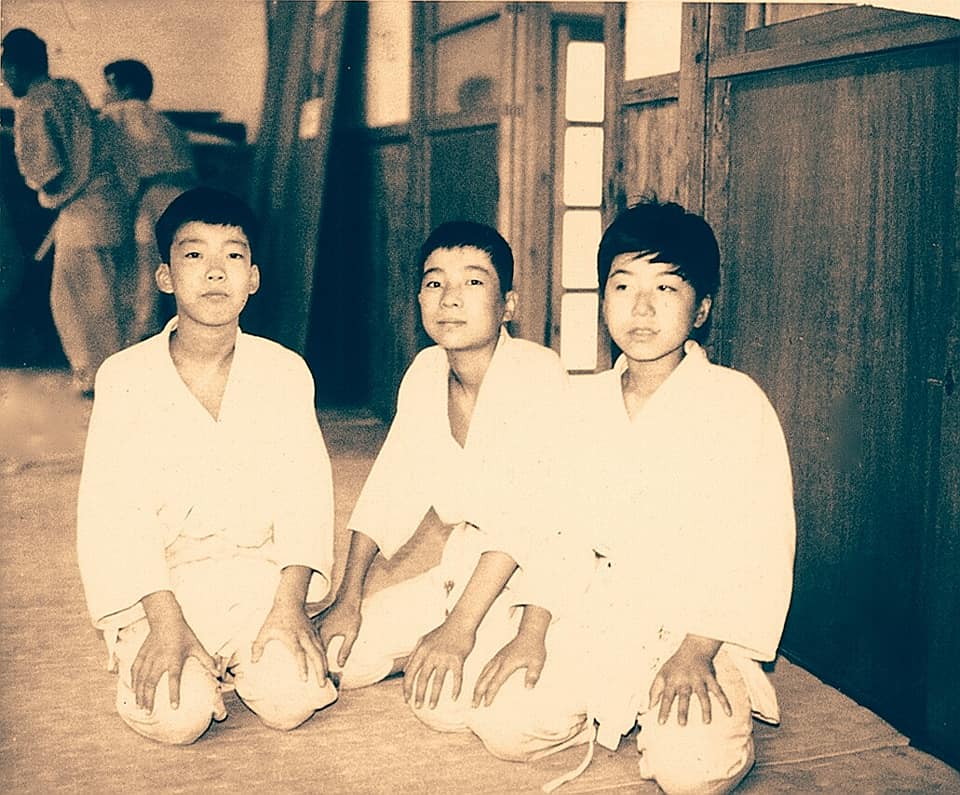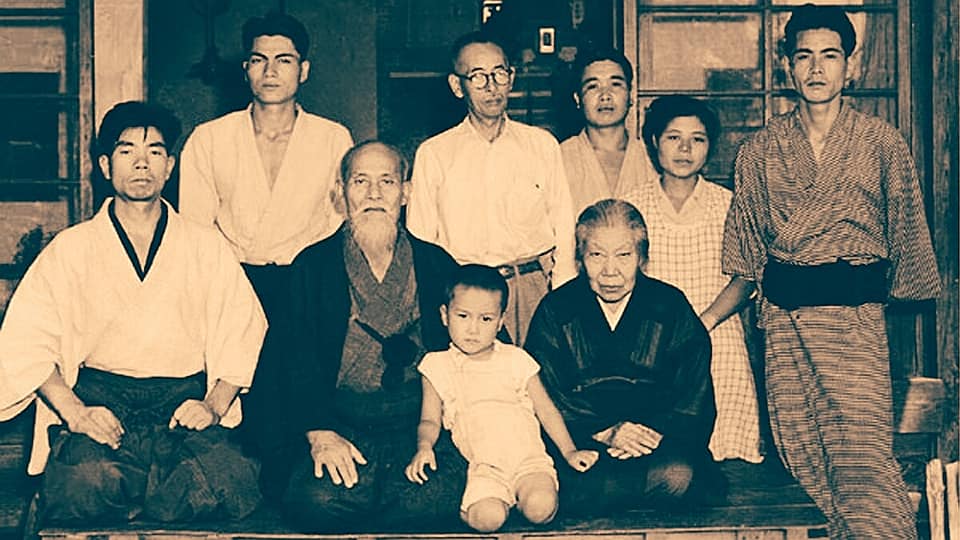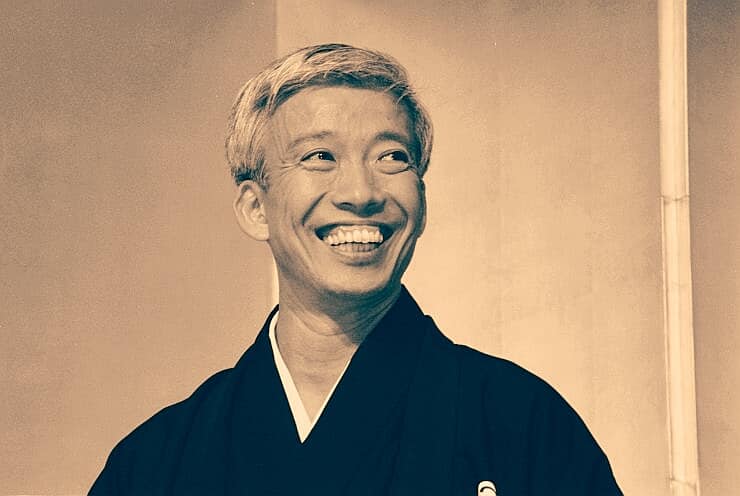From an interview made by Stanley Pranin originally published in 1999.
Moriteru Ueshiba Sensei is the third Doshu of the Aikido Hombu Dojo.
Stanley Pranin: When did you first begin to pursue aikido with an eye to your future as inheritor of the tradition?
Doshu: It was only once I’d become a university student that I began to pursue it with real consistency. I had to go to school, though, so I could only practice a couple hours a day, in the morning or evening, depending on my class schedule. I suppose I got in about two hours per day on average. During spring vacations and the like I did an extra hour, for example practicing an hour in the morning and two hours in the evening, or vice versa. Even after graduating the pace stayed about the same until I was almost thirty. Around 1979 my father fell ill for a while, and from that point on the teaching duties began shifting my way gradually.

SP. Would you say that your father Kisshomaru had the greatest influence on you?
D. He used to teach every morning and on Friday evenings, so I was always at those classes. I went to classes by the other teachers, too, but I had lived all my life under the same roof as my father, so the training I received under him undoubtedly influenced me the most.
SP. Was there ever anything in particular that your father emphasized in talking to you about aikido history?
D. He didn’t really talk much about that sort of thing to me. Most of what I ever heard him say about it I picked up after I began training more regularly under him and when I accompanied him to seminars, lectures, and demonstrations. He never sat me down while we were at home and said, “Moriteru, it’s like this…” or “Moriteru, these are the things I want you to know…”In any case, from the time I was born I lived together with my grandfather, the founder of aikido, and my father, the previous Doshu, so I’m sure I’ve been influenced by them both in many ways, even if they never spoke to me specifically about such things. I was born and raised in an aikido environment, in all its aspects, technical and otherwise.
Source: Facebook/Aikido




